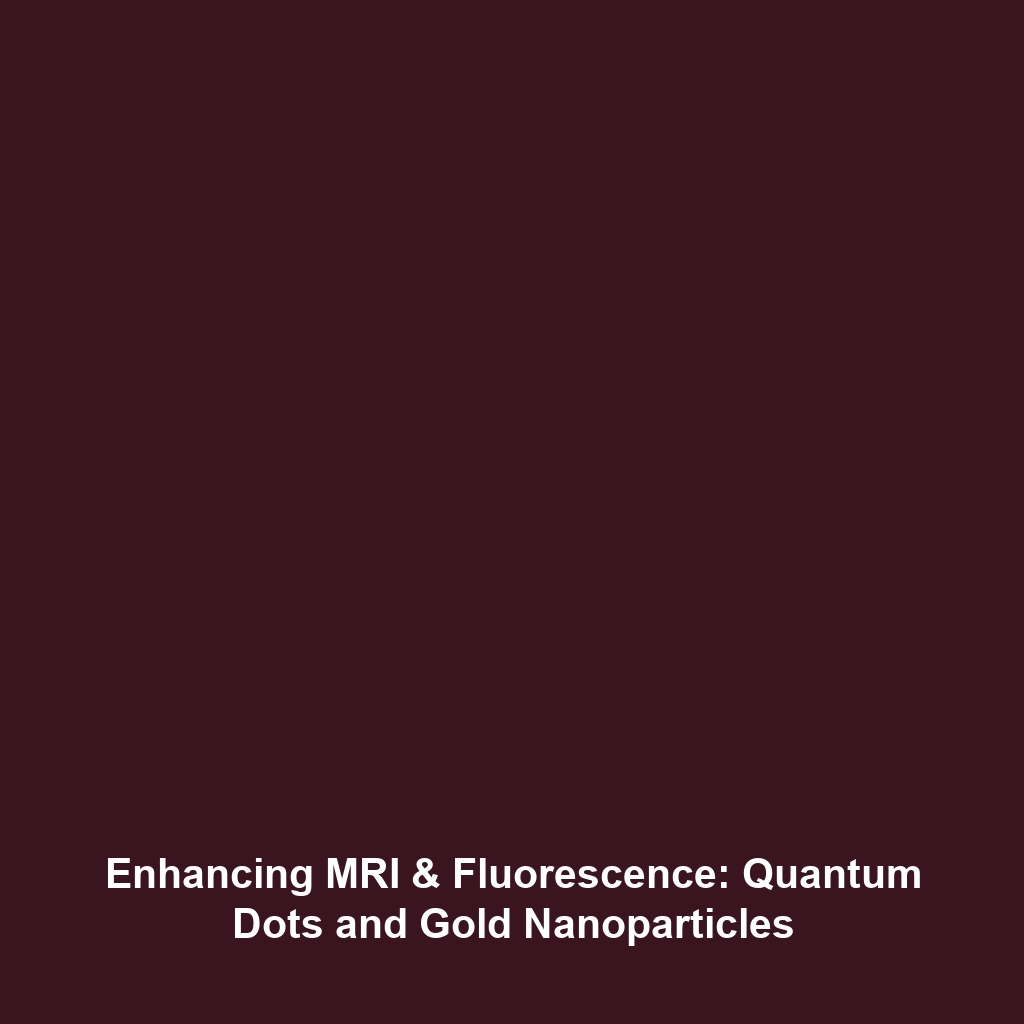Regulatory Frameworks for Safe Production and Use of Nanomaterials
Introduction
The rise of Advanced Nanomaterials has revolutionized diverse industries, from medicine to electronics. However, the unique properties of nanomaterials pose potential risks to human health and the environment, making the establishment of regulatory frameworks crucial. These frameworks are designed to ensure the safe production and use of nanomaterials, maintaining a balance between innovation and public safety. This article delves into the significance of these regulations and their critical role in shaping the future of nanotechnology.
Key Concepts
Definition of Nanomaterials
Nanomaterials are materials with structures at the nanoscale, typically measuring between 1 and 100 nanometers. Their high surface area-to-volume ratio bestows unique physicochemical properties, enhancing performance across various applications.
Importance of Regulatory Frameworks
With the potential for nano-sized particles to interact with biological systems unpredictably, developing comprehensive regulatory frameworks is essential. These frameworks aim to:
- Establish safety protocols for manufacturing processes.
- Implement guidelines for testing the toxicity and environmental impact.
- Ensure transparency and accountability in the use of nanomaterials in products.
Applications and Real-World Uses
Applications of regulatory frameworks in the context of Advanced Nanomaterials are paramount for ensuring consumer safety while capitalizing on the benefits of nanotechnology. Significant applications include:
- Medicine: Regulatory frameworks govern the use of nanomaterials in drug delivery systems to mitigate risks associated with novel therapies.
- Environmental Remediation: Regulations help ensure sustainable practices when using nanomaterials for pollution control.
- Electronics: Guidelines help manage the incorporation of nanomaterials in devices, safeguarding against potential hazards.
Current Challenges
The challenges of regulatory frameworks for the safe production and use of nanomaterials are multifaceted, including:
- Lack of standardized testing methods for nanomaterials.
- Inadequate understanding of long-term effects on health and the environment.
- Rapid technological advancements outpacing regulatory developments.
Future Research and Innovations
Looking ahead, ongoing research is poised to transform regulatory frameworks to better accommodate emerging nanotechnologies. Anticipated innovations include:
- The development of real-time monitoring techniques for nanomaterial exposure.
- Advanced modeling approaches to predict nanomaterial behavior in biological systems.
- Collaborative international initiatives for harmonizing guidelines across borders.
Conclusion
As the field of Advanced Nanomaterials continues to expand, the establishment and refinement of regulatory frameworks are vital for ensuring safety and public trust. As stakeholders from academia, industry, and government collaborate, it is essential to keep the dialogue going on best practices and innovations. For further insights, visit our articles on future innovations in nanotechnology or safety guidelines for nanomaterials.





